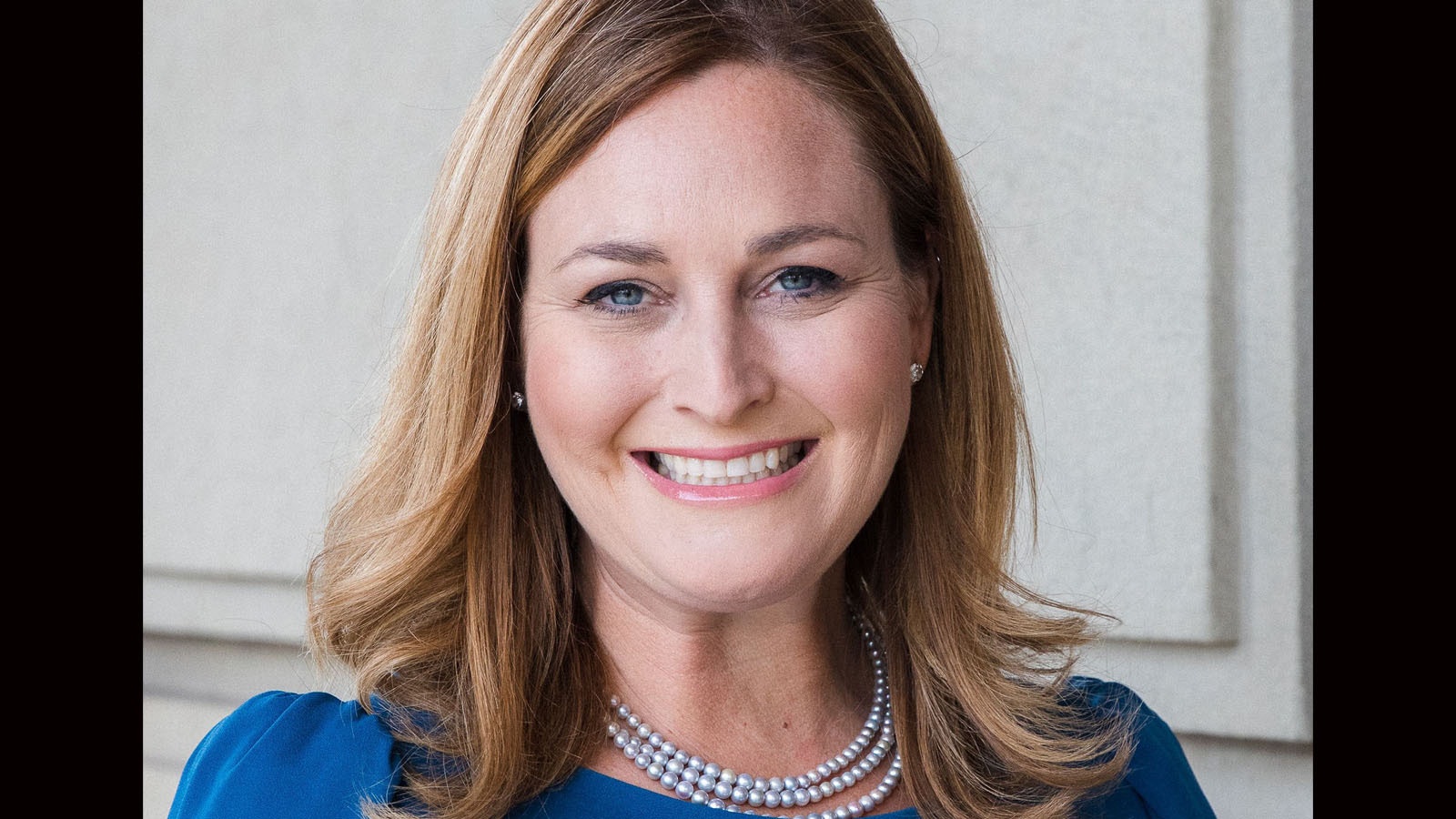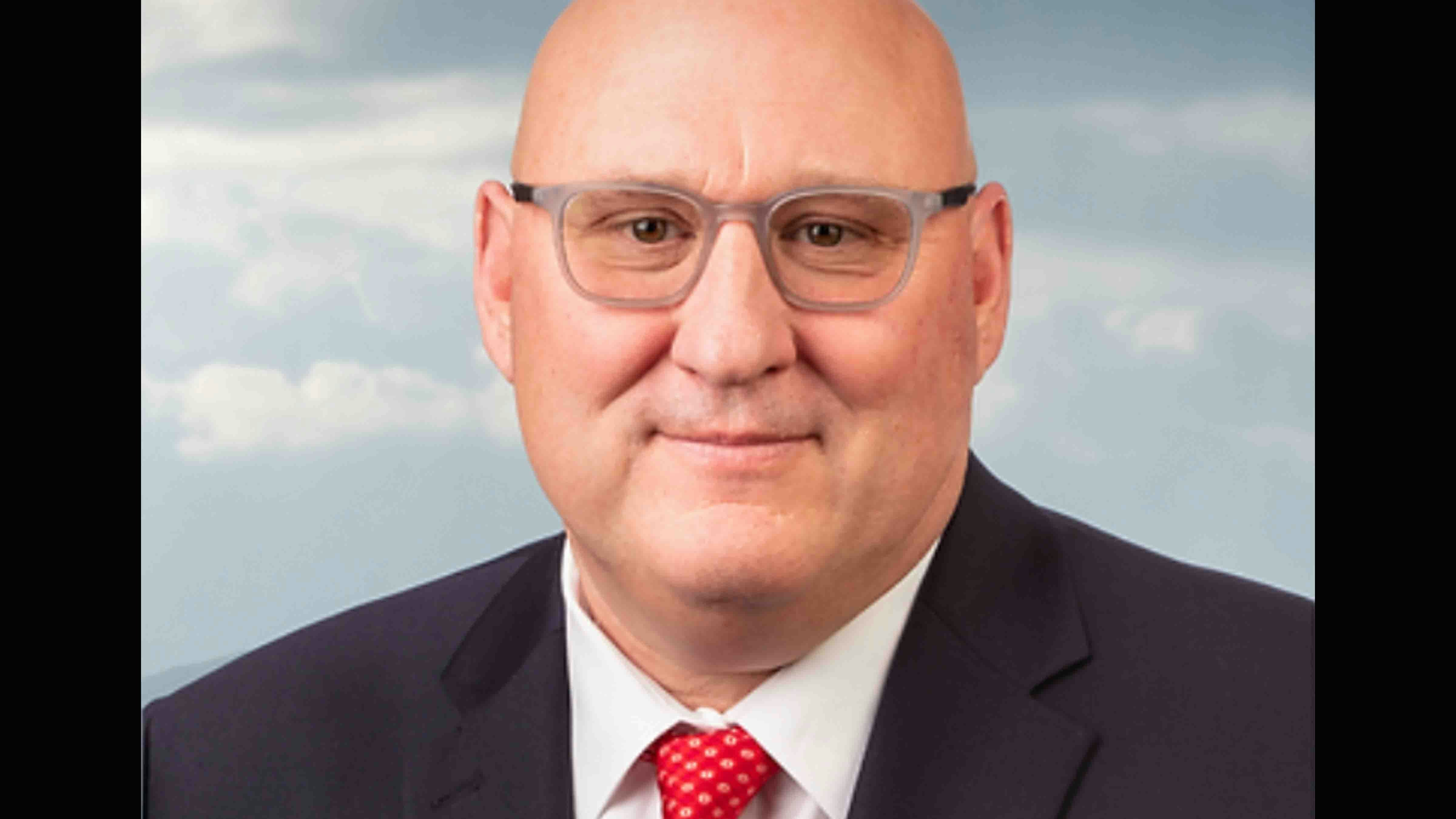By Ashley Harpstreith, guest column
Executive Director, Wyoming Taxpayers Association
For decades the executive and legislative branches have recognized that Wyoming’s tax structure is in a permanent state of imbalance. The two branches largely supported the work of the Tax Reform 2000 Committee and have implemented many of the recommendations.
Although Wyoming’s economy has diversified, many of the Tax Reform 2000 findings remain true today including the main statement of the committee, “Wyoming’s tax structure lacks balance due to an over-reliance on mineral taxes to fund government’s daily operating expenditures.”
While we are encouraged by the proposals filed this past session, and the few that legislators passed in the 2023 General Session, we know Wyoming must engage in an honest and robust tax reform discussion to achieve true tax reform.
The variety of bills filed primarily in the residential property tax arena, plus those that addressed the structural challenges identified in Tax Reform 2000, by no means could be considered true structural tax reform. Instead, we hope this is the beginning of a conservative, pro-family and pro-business tax reform effort and a sign of significant tax reform action in the future.
True conservative tax reform begins when the state makes structural changes that lessens the state’s dependence on the minerals industry and addresses spending on services to which Wyoming residents have become accustomed to. In 2021, a three-person family with an income of $67,000 and owns a home valued at $290,000; pays on average $3,990 in taxes and receives right at $27,550 in services (i.e. local government, public safety, special districts, K-12 education). This is a good deal compared to the tax burdens in surrounding states.
Moving forward, Wyoming should use this time and interim to consider:
- Providing targeted, immediate relief to those in greatest need
- Promote conservative spending and seek additional efficiencies at all levels of government
- Adopt broad-based tax policies that are sound and non-discriminatory
- Eliminate tax policies that are inequitable and burdensome to administer and collect
- Repeal current exemptions that may erode the existing tax base thereby creating pressure on other taxpayers to foot the bill.
We close with a reflection from Tax Reform 2000:
Since the imposition of the severance tax in the 1970s, Wyoming has been blessed and cursed by the boom-and-bust nature of commodities. In 1997 WTA wrote draft legislation that established an executive and legislative task force to study Wyoming’s tax structure. The Tax Reform 2000 recommendations remain as relevant today as they were 23 years ago. Some of the most glaring observations were:
- Inequitable: The tax structure is regressive (lower income households pay a larger percentage of income in excise and property taxes than households with higher income).
- Unstable: Mineral production taxes based on market values many of which are subject to national and international volatility.
- Lacks balance: Tax structure reliant on extractive industries to fund operating budget (income inelastic as mineral tax collections are unrelated to state income changes).





